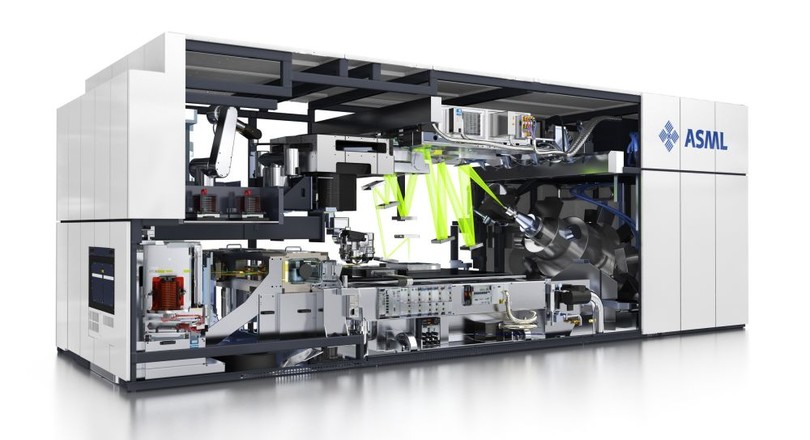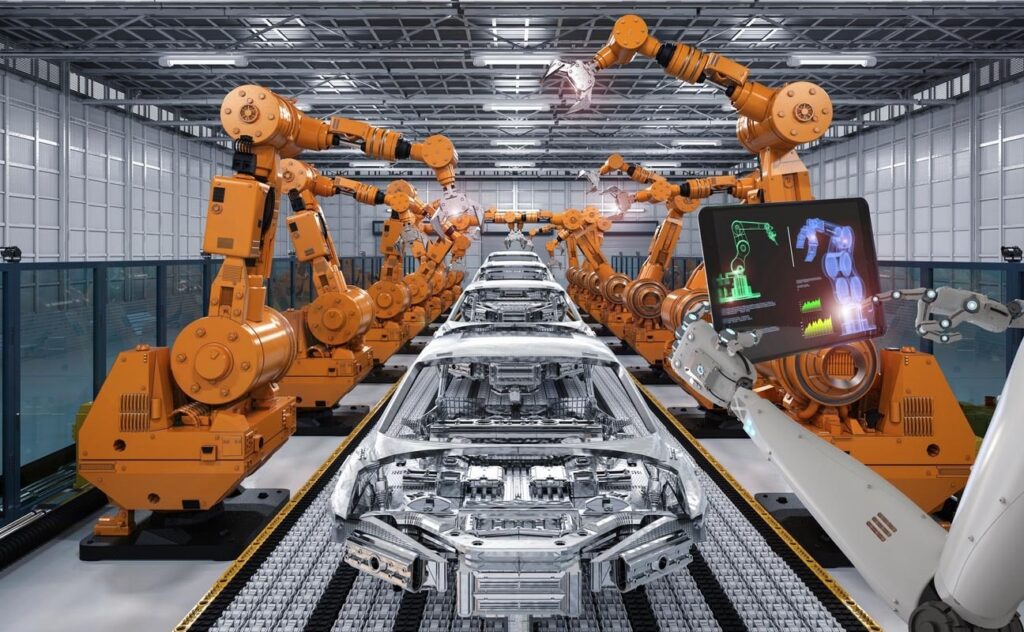The Cutting-Edge Machines of Chipset Manufacturing: A Focus on Lithography

Chipset manufacturing is a complex and highly specialized process that involves numerous stages and advanced machinery. Among these, lithography machines stand out as some of the most critical and technologically advanced. Lets delves into the machinery used in chipset manufacturing, with a particular focus on lithography, and highlights key companies that lead the industry.
Understanding Chipset Manufacturing
Chipset manufacturing, often referred to as semiconductor manufacturing, is the process of creating integrated circuits (ICs) used in a wide range of electronic devices. This process involves several key steps:
-
- Wafer Preparation: Silicon wafers are prepared as the substrate for ICs.
-
- Photolithography: Patterns are transferred onto the wafers.
-
- Etching: Unwanted silicon is removed to create the circuit design.
-
- Doping: Adding impurities to change electrical properties.
-
- Deposition: Adding thin layers of materials.
-
- Metallization: Creating electrical connections.
-
- Packaging and Testing: Final assembly and quality assurance.
Among these steps, photolithography is particularly crucial as it defines the geometric patterns of the circuits.
Lithography in Chipset Manufacturing
What is Lithography?
Lithography is a process used to transfer a geometric pattern from a photomask to the surface of a silicon wafer. It involves several sub-processes, including coating the wafer with a light-sensitive material (photoresist), exposing it to light through the photomask, and developing the exposed photoresist to create the desired pattern.
Types of Lithography
-
- Photolithography: Uses ultraviolet (UV) light to transfer patterns. It’s the most common method used in semiconductor manufacturing.
-
- Extreme Ultraviolet Lithography (EUVL): Utilizes extremely short wavelengths of light (13.5 nm) to create finer patterns, allowing for smaller and more powerful chips.
-
- Electron Beam Lithography (EBL): Uses electron beams to achieve even higher resolution, typically used for research and specialized applications.
Key Companies in Lithography
1. ASML Holding NV
ASML is the global leader in lithography equipment. The company’s advanced photolithography and EUV lithography machines are essential for producing the latest generation of semiconductors. ASML’s EUV machines are particularly renowned for enabling the production of cutting-edge 5nm and 3nm chips.
2. Nikon Corporation
Nikon provides lithography equipment primarily focused on photolithography. Nikon’s systems are known for their precision and reliability, catering to various semiconductor manufacturing needs.
3. Canon Inc.
Canon is another major player in the lithography market, offering advanced photolithography systems. Canon’s equipment is used in the production of various semiconductor devices, from microprocessors to memory chips.
4. Applied Materials, Inc.
While primarily known for its materials engineering solutions, Applied Materials also offers advanced patterning systems that play a critical role in lithography and other semiconductor manufacturing processes.
Conclusion
The machines used in chipset manufacturing, particularly lithography equipment, are at the heart of the semiconductor industry. Companies like ASML, Nikon, Canon, and Applied Materials are leading the way with their innovative technologies. Understanding the role of these machines and the companies behind them is essential for anyone interested in the semiconductor industry.










